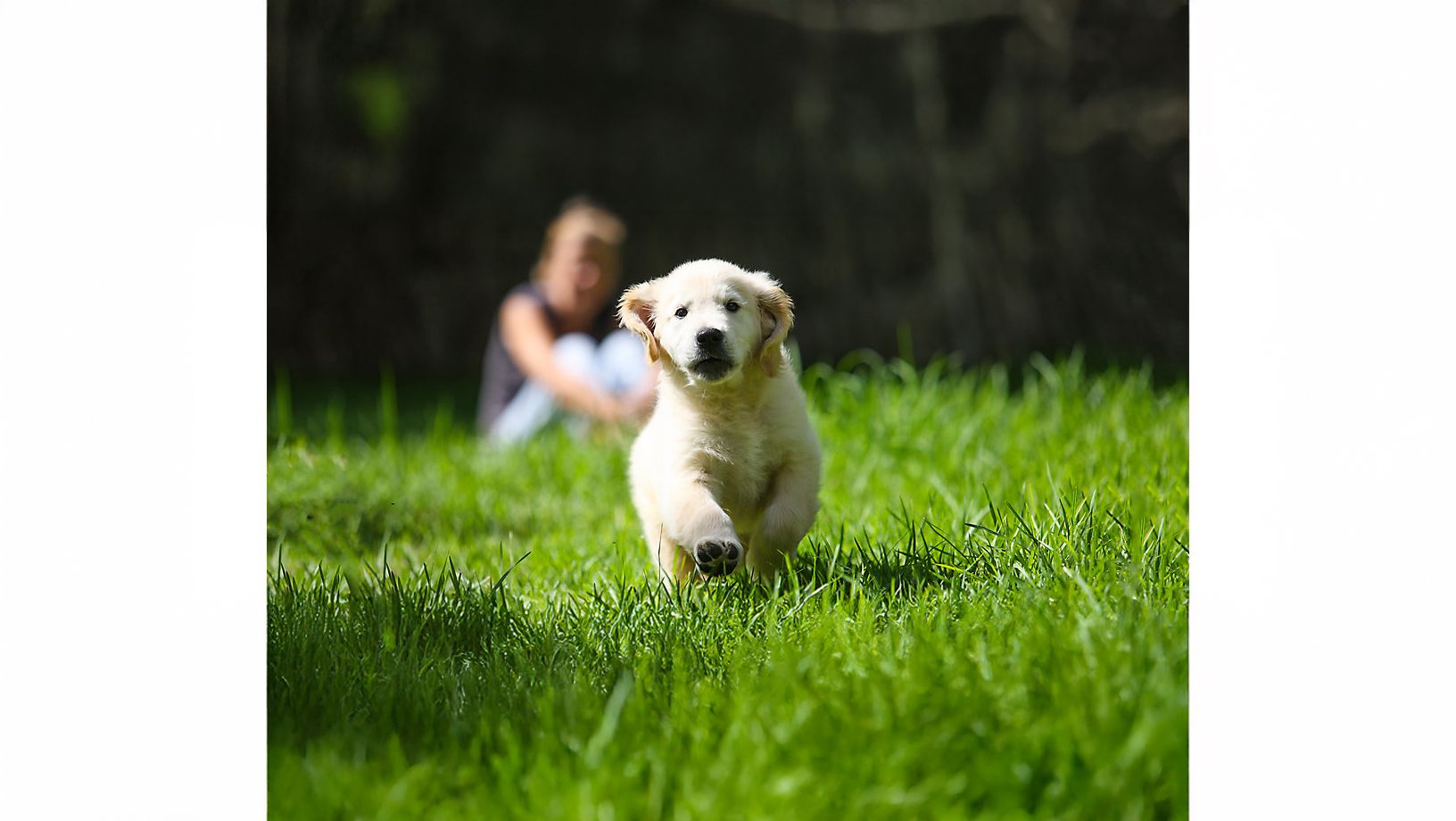Dog Park Etiquette and Tips for Public Play

In this Article
Dog park etiquette is an important part of safe public playtime. Pups love going to the dog park. They get to meet new friends, run around with other dogs and get in some important exercise and enrichment. With all that fun comes a responsibility to keep your dog safe, as well as the other dogs that are playing there, while also creating a healthy environment for all dogs to go and explore.
So what are the most important aspects of dog park etiquette and what should you do to keep your pup safe?
Dog Park Etiquette to Follow
Don’t Take Your Dog to the Park if They’re Sick, In Heat or Unvaccinated
If your dog hasn’t been feeling well, is unvaccinated, is too young or is in heat, the proper dog park etiquette is to stay home. Going to the park puts your dog and other people’s dogs at risk for unwanted illness, attention from non-neutered male dogs or puts your pup in an unsafe play environment.
Make sure your pet is fully vaccinated before you head to the dog park. Also, check the rules at your local park: Some don’t allow puppies younger than four months old. While you may be eager to exercise your dog and socialize them, doing so too early could put them in danger of bigger dogs or illnesses they are unvaccinated for.
Dress Your Dog Appropriately
Your dog may be the most stylish one on the block, but any unnecessary clothing or dog clothes can leave your young dog vulnerable. While dog harnesses or collars are always useful, unnecessary clothing items can get snagged on fences, branches or other dogs and can easily result in an injury.
Make Sure Your Dog Respects Another Dog’s Space
Pups can get overly excited and forget their manners when they go to the park. This might mean that they are invading another dog's personal space, upsetting another dog, being aggressive or other unwanted behavior that could create unsafe conditions.
If you have multiple dogs, only bring as many as you can manage at one time
Keep in mind that dogs have different personalities. Some dogs in the park may not want to interact with yours at all, in spite of your pet’s obvious beauty and charm. Also, not every dog will enjoy the dog park, and it might be best to find another activity for them, instead.
If your pet begins to growl, show teeth or behave aggressively, it’s time to take your dog home or if your dog seems overly fearful, it may be best to avoid the park and try some training classes first to help socialize your pet.
Don’t Bring Their Favorite Toys
Leave your dog’s playthings at home because dogs can get jealous if other pets want their belongings. If another pet has a toy and your dog is eyeing it, it may be time to head to the other end of the park.
Don’t Bring Children Along
Leave small children at home, too. Dogs are likely to be excited and your child might take a tumble if bumped by a passing pinscher or distracted dachshund. Since you don’t know if any particular dog is child-friendly, it’s generally best to follow dog park etiquette and keep kids at a safe distance from unfamiliar pets.
Always Close the Gates
Many dog parks feature a double set of entry gates to keep pups safely inside. Let others pass through before you enter and make sure you close the gates behind you.
Always Clean Up After Your Pup
If your dog makes a mess, dog park etiquette is to clean it up immediately. No one likes to step in poop or have their dog jumping around in it! Bring a doggy bag or two so you can take care of your dog’s business. There are usually trash cans to throw away dog waste around the park.
Following these dog park etiquette tips can help create a safer, more enjoyable experience for your pup and other dogs at the park.
Information in this article is not intended to diagnose, treat or cure your pet and is not a substitute for veterinary care provided by a licensed veterinarian. For any medical or health-related advice concerning the care and treatment of your pet, contact your veterinarian.